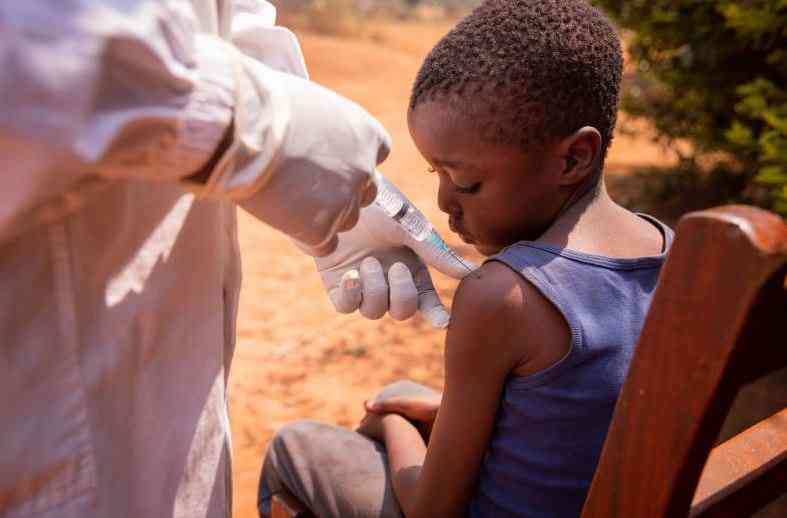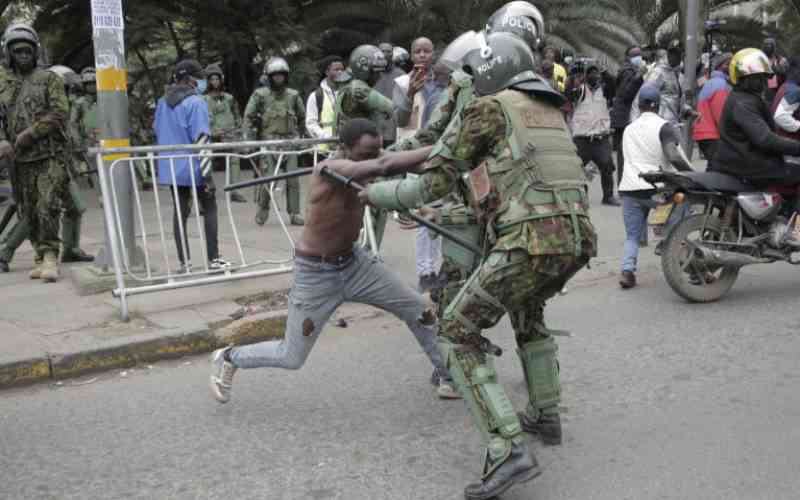Myanmar Earthquake Death Toll Rises as Rescue Efforts Continue

The death toll from the devastating 7.7-magnitude earthquake that struck Myanmar on Friday has risen to 1,644, with 3,408 injured and 139 still missing, according to a statement from the ruling military junta. The quake, one of the largest to hit Southeast Asia in a century, has crippled infrastructure and exacerbated the already dire humanitarian situation caused by the ongoing civil war.
The earthquake's epicenter was located 17 kilometers from Mandalay, where widespread damage has been reported, including 1,591 houses, 670 monasteries, and 60 schools. Rescue efforts are being hampered by the closure of airports in Mandalay and the capital Naypyitaw, as well as power outages and unstable communication networks. The military regime has declared a state of emergency in six regions, and Senior General Min Aung Hlaing, the head of the government, has visited Mandalay to oversee rescue operations.
International aid is beginning to arrive in Myanmar, with China sending a team of 37 rescue workers and India dispatching a first tranche of aid including blankets, tarpaulins, hygiene kits, and medical teams. The United Nations has allocated $5 million for recovery efforts, while the European Union is releasing 2.5 million euros in initial emergency assistance. U.S. President Donald Trump has also stated that the U.S. is ready to send relief assistance.
Neighboring Thailand has also been affected by the earthquake, with at least a dozen people reported dead and about 95 missing. In Bangkok, a partially built State Audit Office tower block collapsed, trapping many construction workers from Myanmar. Rescue efforts are underway, but Thai authorities have requested assistance from other countries due to their inexperience with earthquake disasters.
Prime Minister Paetongtarn Shinawatra has ordered inspections of all buildings in affected provinces and is preparing compensation for those who died or were injured. She has also reassured foreign tourists that the government is taking steps to ensure their safety.
The earthquake has compounded the already dire humanitarian situation in Myanmar, where nearly 20 million people need assistance, including more than 3.5 million people displaced from their homes due to the ongoing civil war. The disaster has further strained the country's economy and infrastructure, and the long-term recovery will require significant international support.













